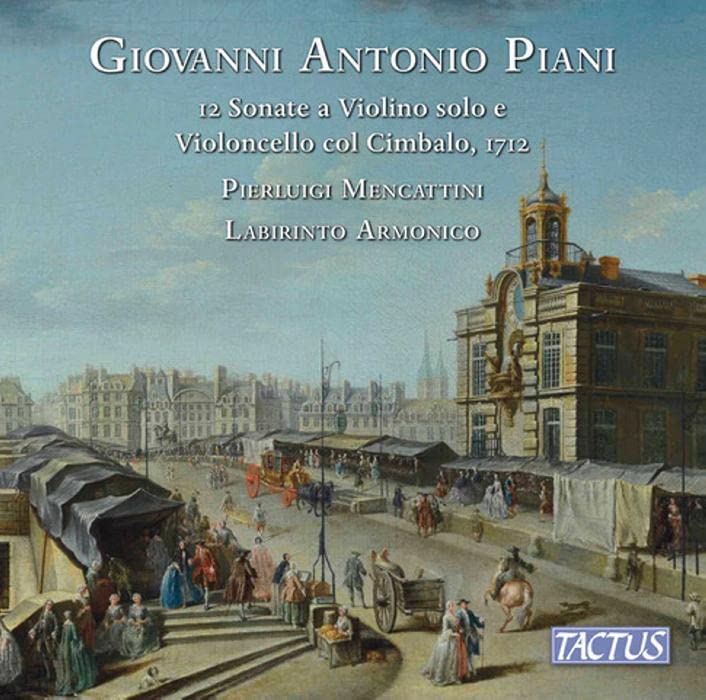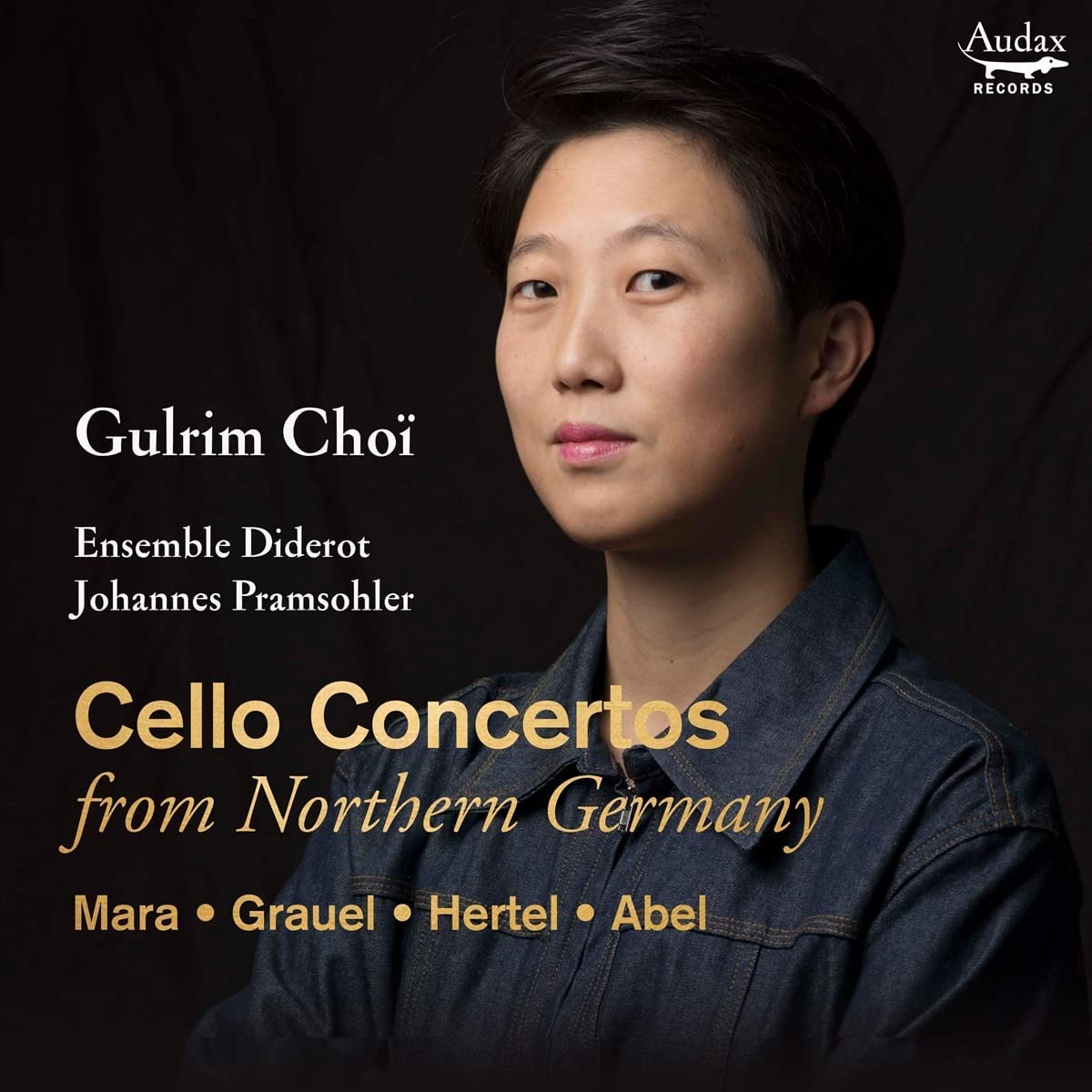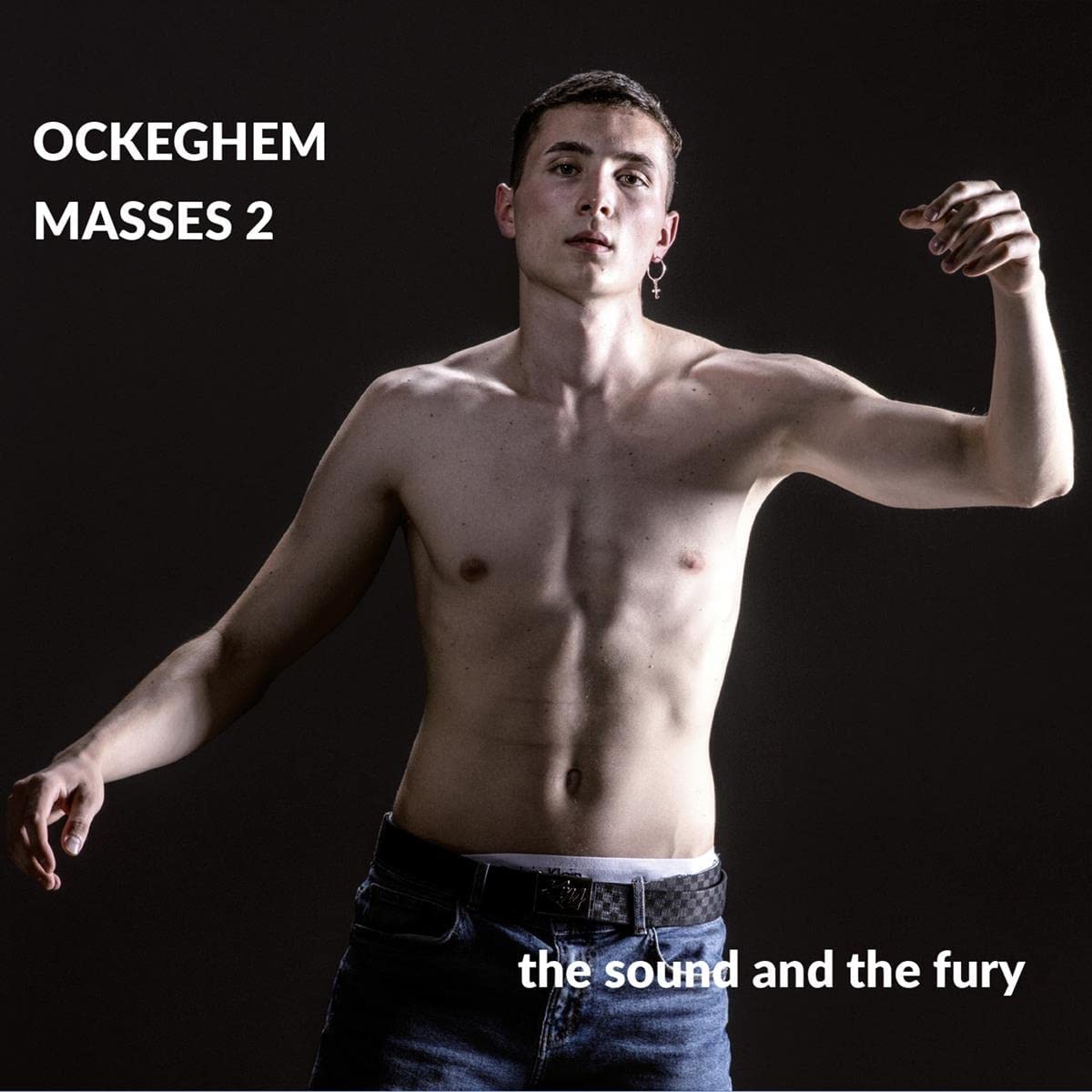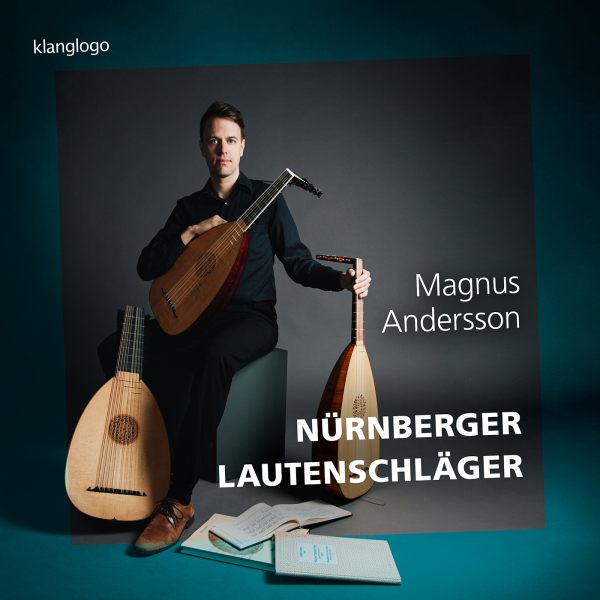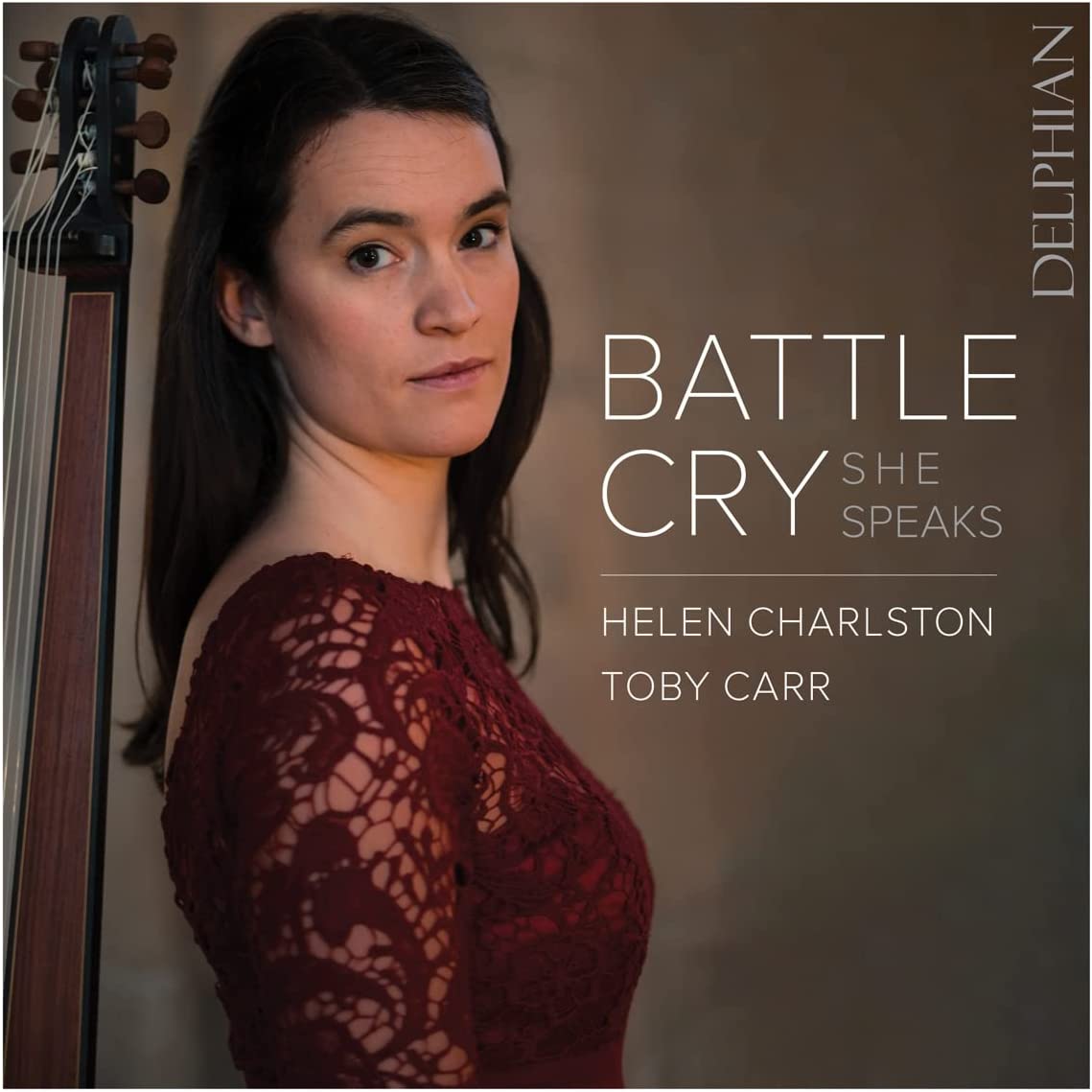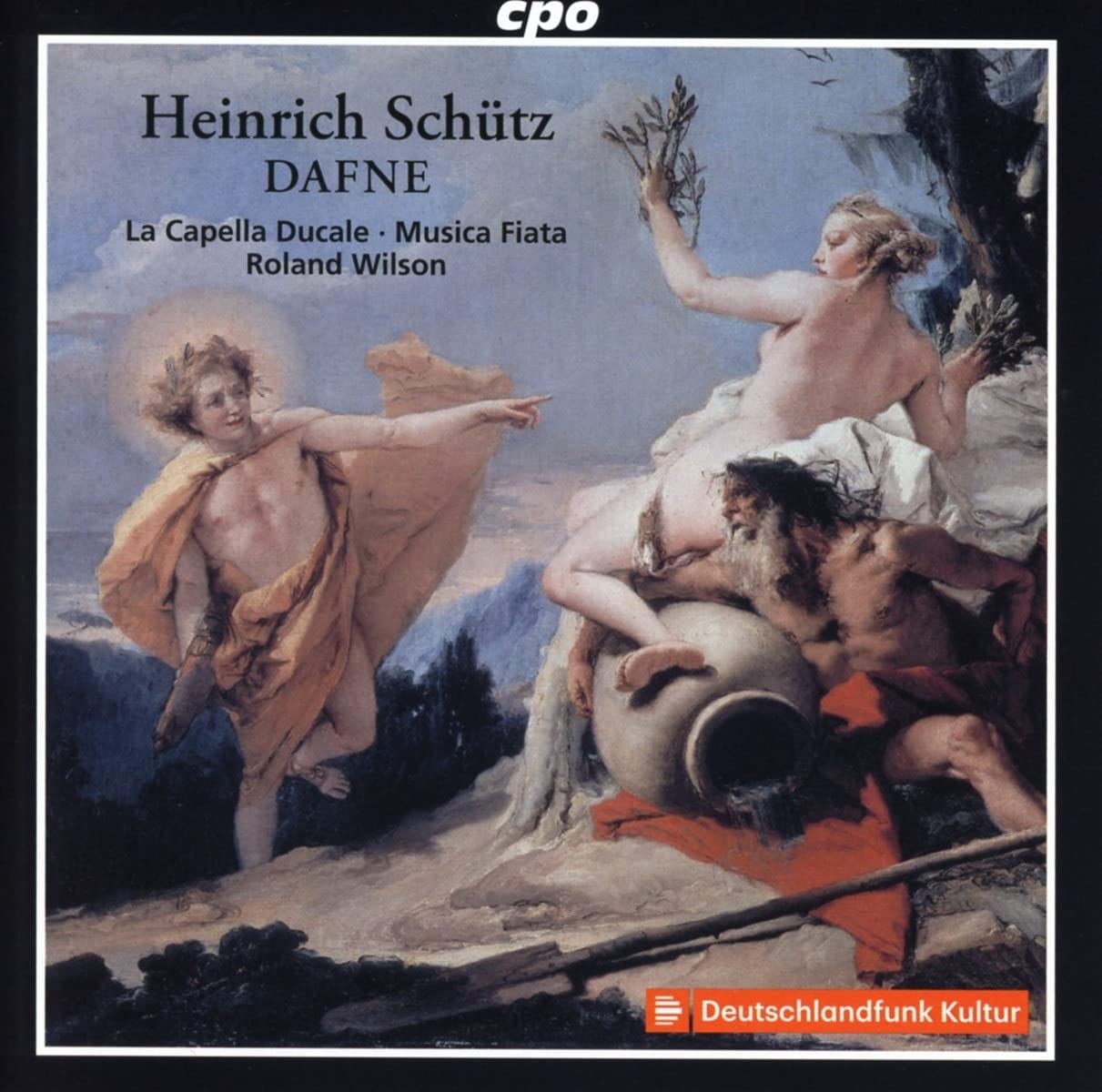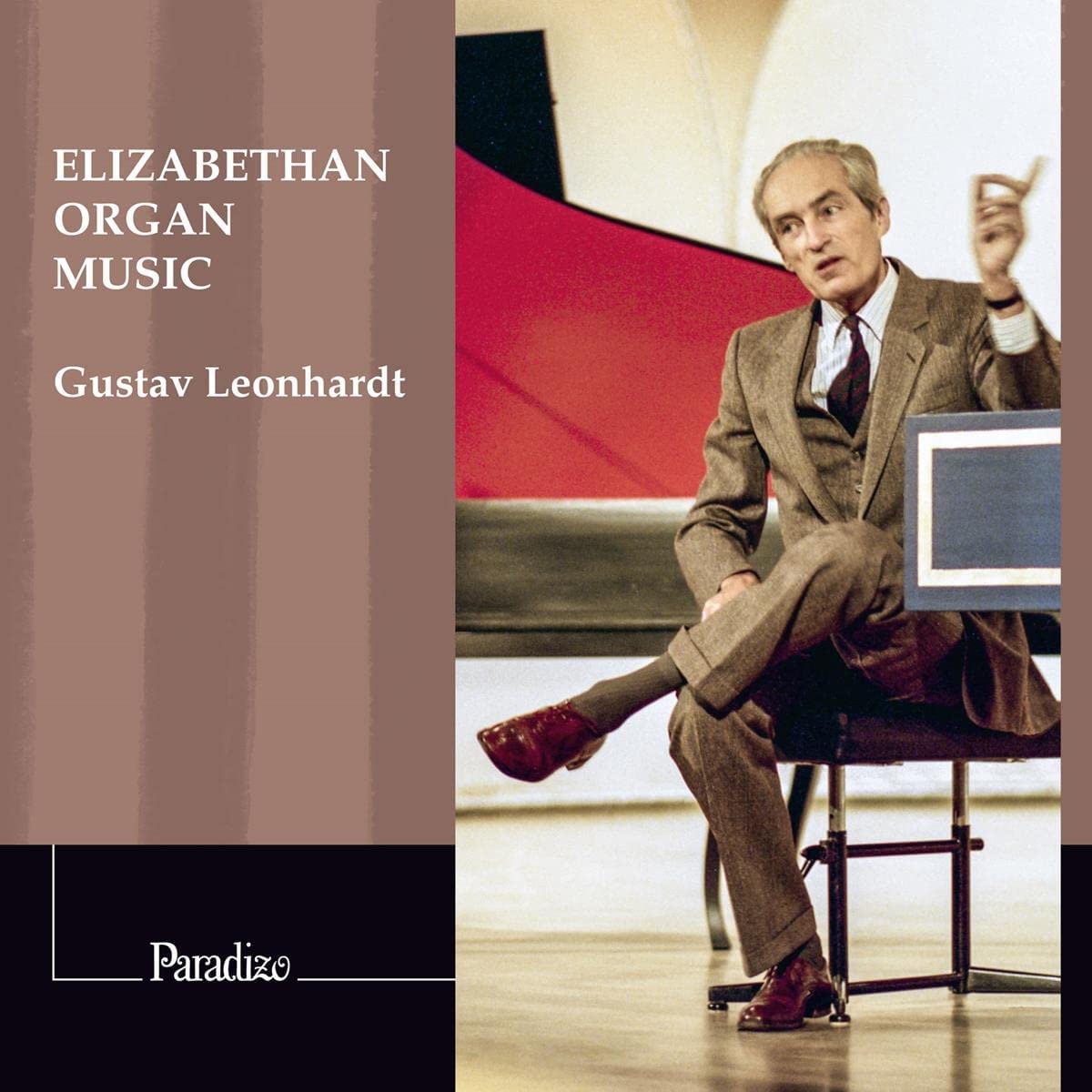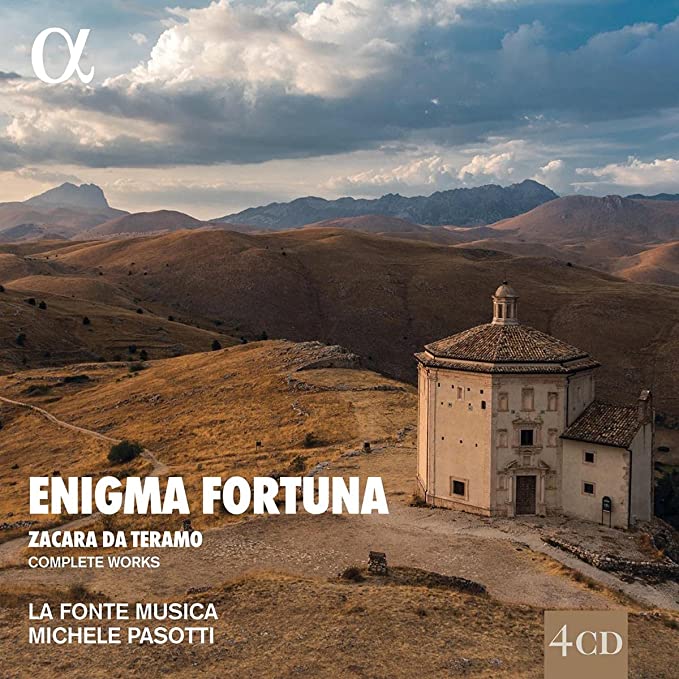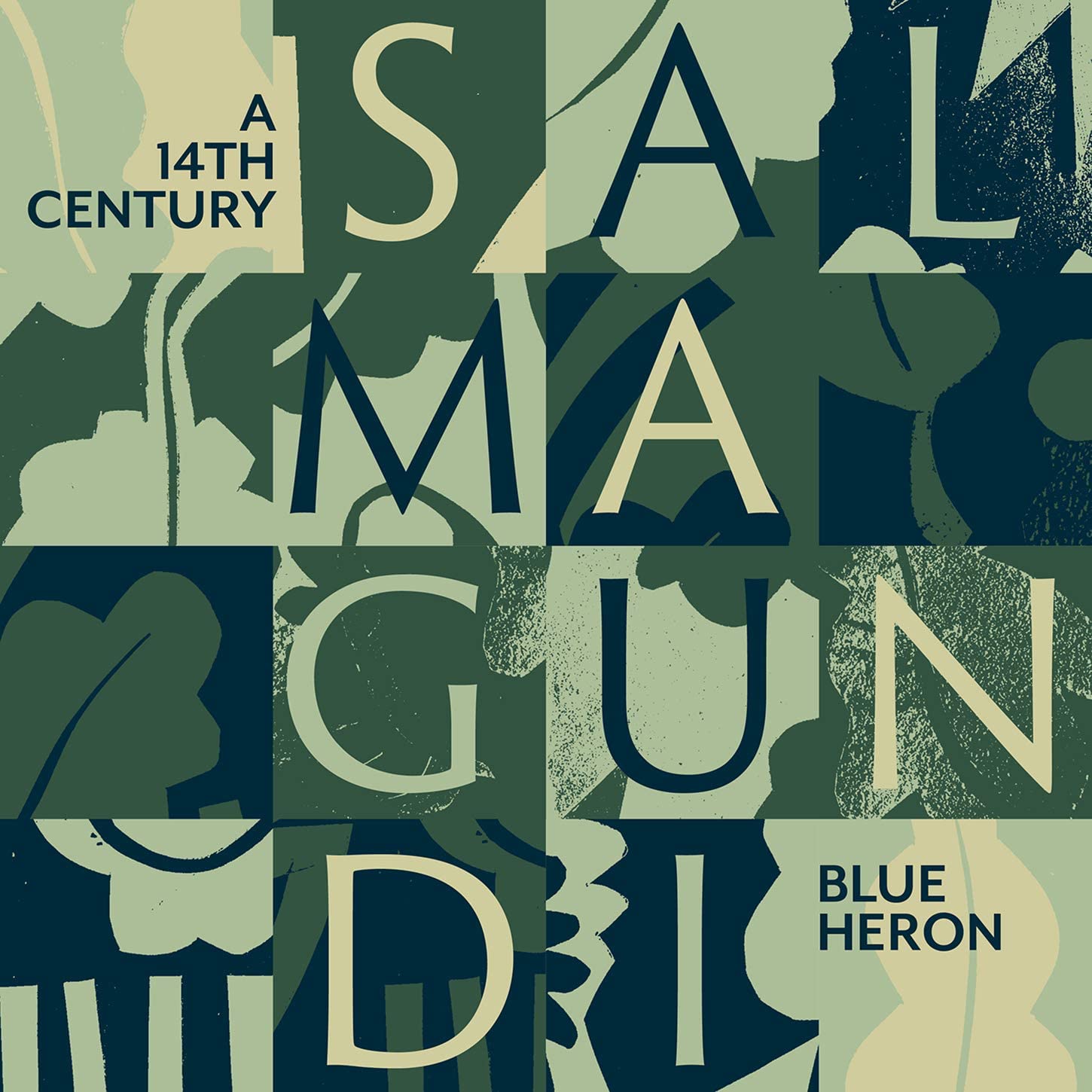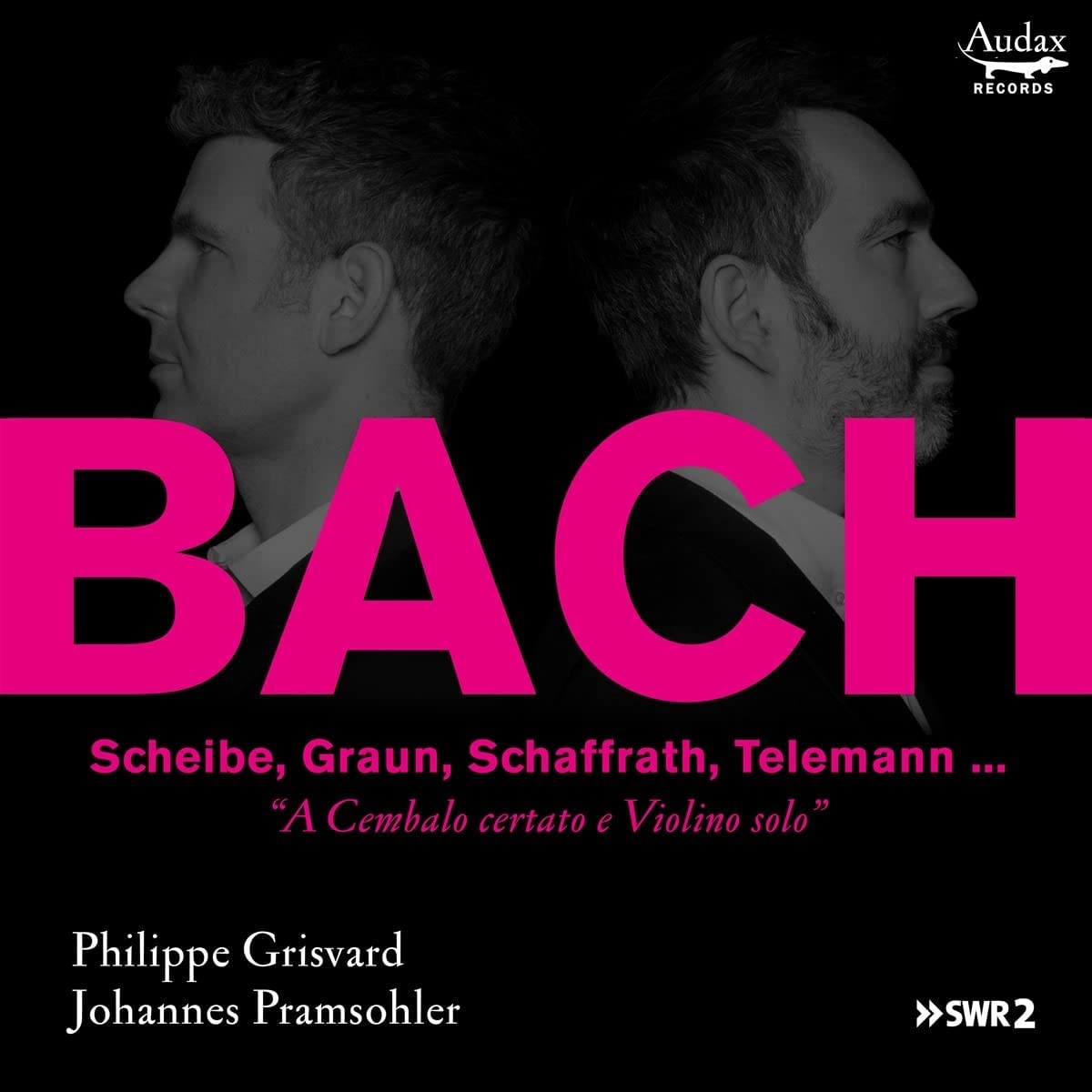Helen Charlston mezzo-soprano, Toby Carr theorbo
57:20
Delphian DCD34283
Click HERE to buy this recording on amazon.co.uk
[This site will only survive as long as you click on these sponsored links…]
Since she won the London Handel singing competition in 2018, mezzo Helen Charlston has increasingly shown herself to be on the verge of stardom that seems likely to extend far beyond these shores. This solo CD, her second, provides ample reasons why. She starts with the advantage of a voice that not only owns to rich tonal warmth at times reminiscent of the outstanding French mezzo Lucille Richardot, but one at all times beautifully produced across its range. Cantabile lines are drawn with unfailing security, while attention to text – one of Charlston’s great not to say rare strengths among today’s singers – allows her to colour and weight her voice highly effectively and with real musical insight.
Such qualities are of course much needed attributes in a recital that concentrates on 17th-century repertoire in general and includes seconda prattica works (two Barbara Strozzi songs and Monteverdi’s ‘Lamento d’Arianna’). In addition, Charlston performs Battle Cry, a short song cycle commissioned for her from the composer Owain Park and the poet Georgia Way. The programme is intelligently planned largely symmetrically, beginning and ending with Purcell, incorporating theorbo solos and placing the Park cycle at its heart. As the mention of the Monteverdi and Strozzi may suggest, its underlying theme is the suffering of women, a topic carried through into the new work and finally alleviated only marginally by Purcell’s ‘An Evening Hymn’. Mercifully no agenda is suggested, though it may be felt that just a little light relief might have been welcome, especially as the CD’s playing time is short by contemporary standards.
In his notes Jeremy Summerly makes the astonishing assertion that ‘The Baroque Era in music made a virtue of pigeon-holing styles and approaches to musical composition and performance’, citing rationalised national styles. Even leaving to one side the fact that pigeon-holing is a near entirely 20th/21st-century phenomenon, the exact opposite is true. Here, for example, does ‘Dido’s Lament’ – an infinitely touching, simply expressed performance with the subtlest of ornamentation – belong to a part of an English tradition? No, of course it doesn’t. It wouldn’t exist without Monteverdi’s ‘Lamento della ninfa’ and neither would many other 17th-century works by Italian, French, German and English composers. The ‘Lamento’ is in Charlston’s repertoire so it’s perhaps somewhat surprising that it’s not included. But, as noted above, we do get the rather meatier ‘Lamento d’Arianna’ in a performance that is beautifully judged, excellently articulated in a way that captures the emotional ebb and flow of the music, its building and release of tension to near perfection. All this is underpinned by the key reiteration of the words, ‘Teseo, o Teseo mio’, heartbreakingly delivered by Charlston. Strozzi’s ‘La travagliata’ builds to a sensuous final verse in which the last line here turns from pleading to a hint of anger, an interesting and unexpected interpretive twist.
I’m afraid I don’t listen to enough contemporary music to provide expert comment on Battle Cry, which includes four songs. However, it seems to have been written to Charlton’s strengths, displaying them effectively. Much the longest of the songs is the last, ‘Marietta’, which is not only to my mind the best of them as to both music and the somewhat enigmatic text, but interestingly was written some time before its companions. Here the use of portamento among other facets makes reminders of Britten seem unavoidable. The third song, ‘A singer’s ode to Sappho’ is unaccompanied.
And turning to accompaniments, it would be wrong not to acknowledge fully the part played in the success of the recital by theorbist Toby Carr, whose playing not only admirable supports the singer throughout but whose technique and admirable warmth of tone provide a timely reminder that the theorbo is not the percussion instrument we today hear far too frequently, but a deeply expressive melodic instrument. On his own account, he plays two brief pieces by Robert de Visée.
An outstanding achievement and a richly rewarding experience for the listener.
Brian Robins
